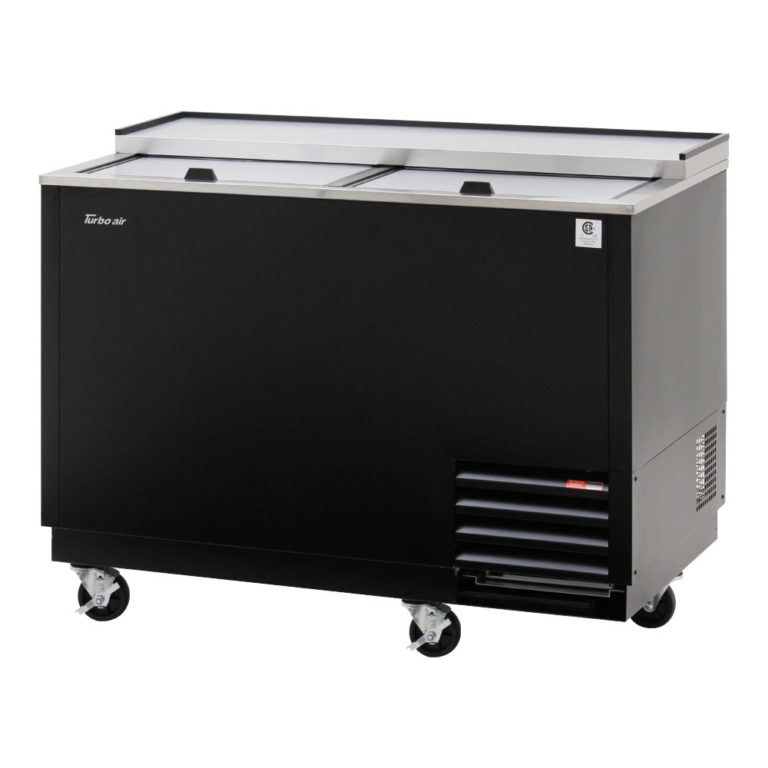
This was due, among other factors, to the wide disparity in thermal neutralities in the same climate zones and educational stages. from 1969 to 2015 also found that previous studies argued that Rational Thermal Comfort (RTC) models, many of which were described in EN 15251: 2007, could not predict the thermal comfort level in nonuniversity classrooms accurately. The review of thermal comfort in educational buildings performed by Zomorodian et al. These findings provide useful insight for a more accurate design of this type of building, as well as a suitable tool for the improvement of existing spaces, improving the conditions for both comfort and wellbeing in these spaces, as well as providing a better fit of energy use for actual comfort conditions. This highlights the significance of inhabitants’ actual thermal perception. Comparison of these thermal comfort votes and the thermal comfort indicators used showed a better fit of thermal preference over thermal sensation and more reliable results when using regional ATC indicators than the ASHRAE adaptive model. However, this did not lead to widespread complaints, as occupants perceive the thermal environment as neutral-varying greatly between users-and show a preference for slightly colder environments. Heating did not usually provide standard set-point temperatures. Despite the existence of a general heating service in almost all classrooms in the cold period, the use of mechanical ventilation is limited. Cooling is not provided in any of the rooms and natural ventilation is found in most of the spaces during midseasons. A new proposed protocol has been developed for the collection and subsequent analysis of data, applying thermal comfort indicators and using the most frequent predictive models, rational (RTC) and adaptive (ATC), for comparison. These measurements were performed during spring, autumn, and winter, considered the most representative periods of use for schools. Almost fifty classrooms were studied and around one thousand pool-surveys distributed among their occupants, aged 12 to 17. For more information, go to comprehensive assessment of indoor environmental conditions is performed on a representative sample of classrooms in schools across southern Spain (Mediterranean climate) to evaluate the thermal comfort level, thermal perception and preference, and the relationship with HVAC systems, with a comparison of seasons and personal clothing. Warning: This product can expose you to chemicals including Bisphenol A(BPA) and Di (2-ethylhexyl) phthalate (DEHP) and Cobalt sulfate heptahydrate, which are known to the State of California to cause cancer, birth defects, or other reproductive harm. swivel casters with locks on the front set Refrigerator holds 33☏ ~ 38☏ for the best in beverage preservation

Large capacity cooler cabinet requires only minimum floor space Rugged built-in removable bottle cap opener and cap catcher Our innovative, front air intake feature also allows this model to be highly efficient in narrow spaces.Īdjustable, heavy duty, PE (polyethylene) coated dividers With compressors positioned on the side of the unit, our refrigerators can now be serviced without being moved.
#Turbo air tbc 36 millumin heater free
The entire cabinet structure is foamed-in-place using high density, HCFC free polyurethane insulation. It also adds a touch of style to the most refined setting. Turbo Air Bottle Cooler model guarantees utmost in cleanliness and long product life. Interior is stainless steel except galvanized steel top.

Heavy gauge stainless steel countertop and glide lids are perfect for sanitation and durability. SB models have an attractive wear-resistant black vinyl exterior.

Super Deluxe (SD) models boast a stainless steel exterior (except galvanized steel back and bottom). Positive guided forced air cooling system chills bottles on top first. Hydrocarbon refrigerants do not deplete the ozone layer and have very low contribution to global warming (ODP-0, GWP-3). With innovative and eco-friendly technology, Turbo Air brings you hydrocarbon refrigerators designed to meet DOE’s Energy Conservation Standards in 2017 and to use EPA’s SNAP Program approved HC refrigerants. The Self-Cleaning Condenser device keeps the condenser clean and prevents system failure by automatically brushing daily. At some point, when they are over the limit, their performance drops quickly resulting in damage to, or disposal of the stored products inside.

Refrigerators run normally until they reach a certain level of accumulation. The accumulation of dust in the condenser can cause the failure or breakdown of refrigerators.


 0 kommentar(er)
0 kommentar(er)
